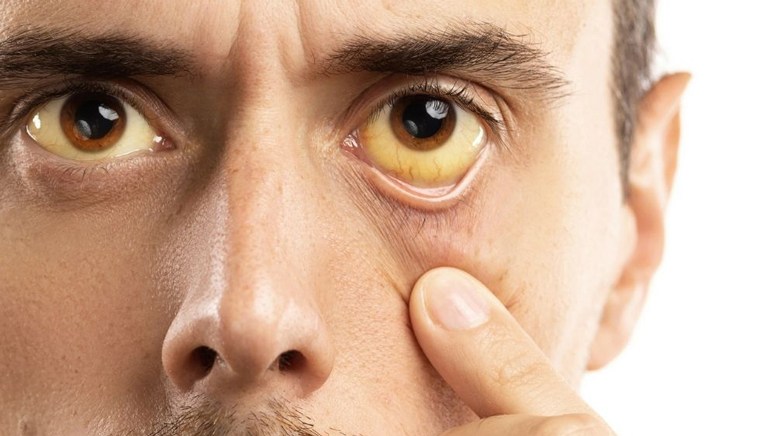Jaundice is defined [1] as the presence of a yellowish color on the skin, mucous membranes, or eyes. Jaundice is not necessarily a disease but the visible manifestation of some underlying disease.
Causes

The yellowish color typical of jaundice is caused [2] by the deposition of the bile pigment (bilirubin) in the tissues, and its identification has an important clinical significance since it reflects an abnormality in the production, metabolism, or elimination of this pigment.
Bilirubin is formed mainly from the death of red blood cells present in the blood. This destruction process occurs in the cells of the spleen, liver, and bone marrow. In the usual condition, practically all bilirubin produced is carried to the liver by the bloodstream, and its elimination occurs through the intestine via the bile ducts after its temporary storage in the gallbladder. However, when an abnormality occurs at any stage of this process, it can accumulate in the body, causing jaundice.













